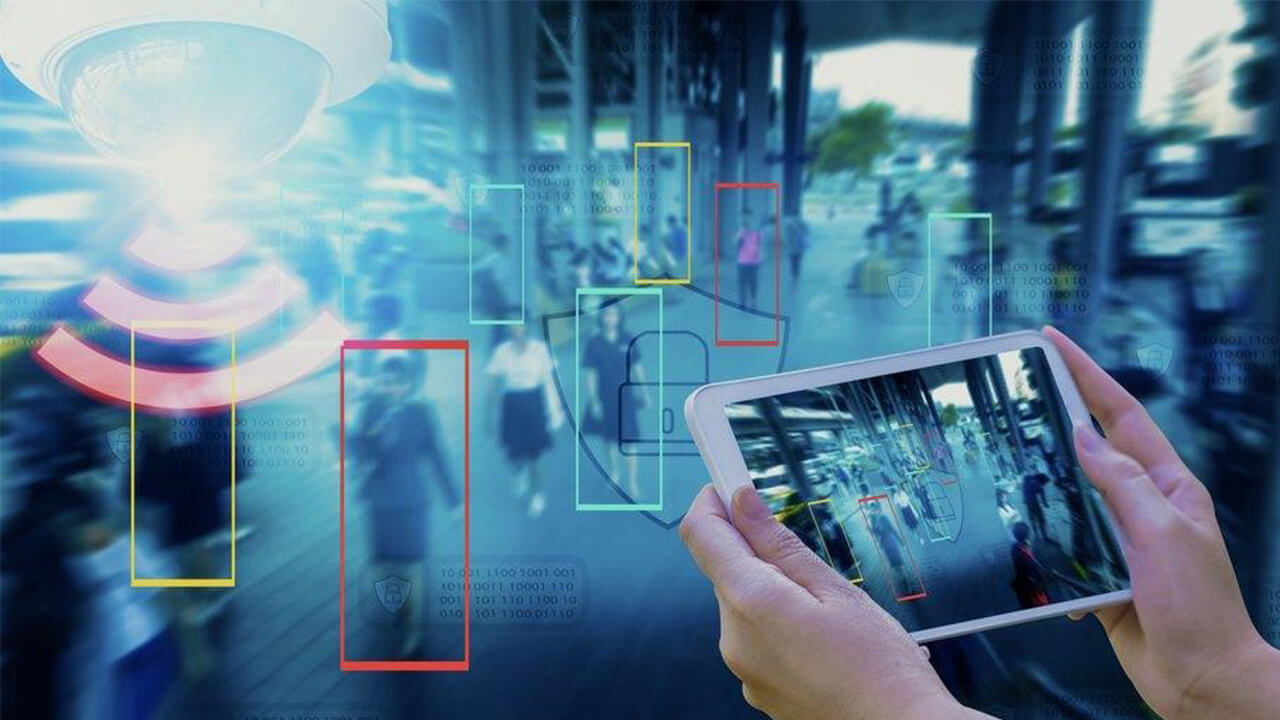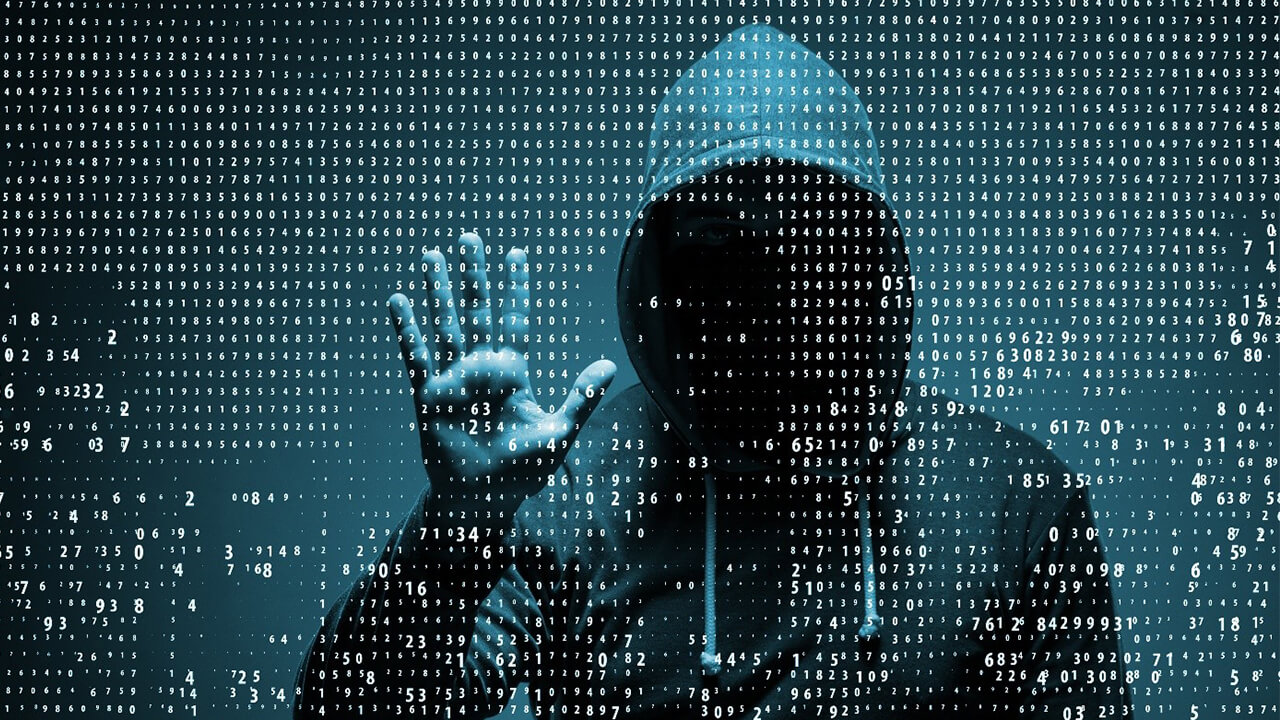Contact Info
133 East Esplanade Ave, North Vancouver, Canada
Expansive data I/O tools
Extensive data management tools
Dataset analysis tools
Extensive data management tools
Data generation tools to increase yields
Top of the line hardware available 24/7
AIEX Deep Learning platform provides you with all the tools necessary for a complete Deep Learning workflow. Everything from data management tools to model traininng and finally deploying the trained models. You can easily transform your visual inspections using the trained models and save on tima and money, increase accuracy and speed.
High-end hardware for real-time 24/7 inferences
transformation in automotive industry
Discover how AI is helping shape the future
Cutting edge, 24/7 on premise inspections
See how AI helps us build safer workspaces

Big operations produce massive amounts of data every day, which are hard to handle in their entirety even by cybersecurity experts, whereas AI systems are capable of quickly sifting through loads of data to detect system vulnerabilities and security holes.



Most companies use human operators to monitor violations and threats which is time-consuming, laborious, costly, and often inaccurate. AI-powered safety tools can address all these issues cost-effectively. AI machines can even detect unknown threats hidden from ordinary analysis that can heavily damage networks. Big operations produce massive amounts of data every day, which are hard to handle in their entirety even by cybersecurity experts, whereas AI systems are capable of quickly sifting through loads of data to detect system vulnerabilities and security holes.

Three Following AI algorithms are applicable to the field of safety and security:
AI-powered VCA systems can accurately detect any traffic violation and automatically report them. Moreover, collecting and analyzing all the data and using it to train an AI model can provide deep insights into the root causes behind the traffic violations. Such insights can empower police and other traffic agencies to improve traffic flow and prevent accidents. Some of the violations that can be detected by our intelligent machine are listed below:
![]()
To identify people of interest or tracking suspects in post-incident investigations, accurate face and object recognition plays a crucial role for security services and law enforcement agencies. Employing deep neural network (DNN) models, the AI-powered VCA software can be trained to convert, regenerate, or recognize colors and backgrounds in different videos, or to detect objects in videos helping forensic detectives identify suspicious items or people in a crime scene, track vehicles in a hit-and-run accident, recognize and track suspicious packages at critical places such as airports, or event to automatically register employee attendance or flag the presence of blacklisted people, or no-go zone breaches.
Our AI-assisted cyber security system automatically protects IT assets from hackers, and guarantees their security. It works by observing user behavior and software performance, and provides security measures such as detecting threats, blocking bots, predicting breaches, protecting endpoints, immediate cyberattacks defense and analysis, and more. Another issue is that hackers change their tactics over time (phishing attacks, denial-of-service attacks, ransomware at a go, etc.), which is difficult for security experts to detect, but is easily picked up by AI algorithms.

© 2022 Aiex.ai All Rights Reserved.